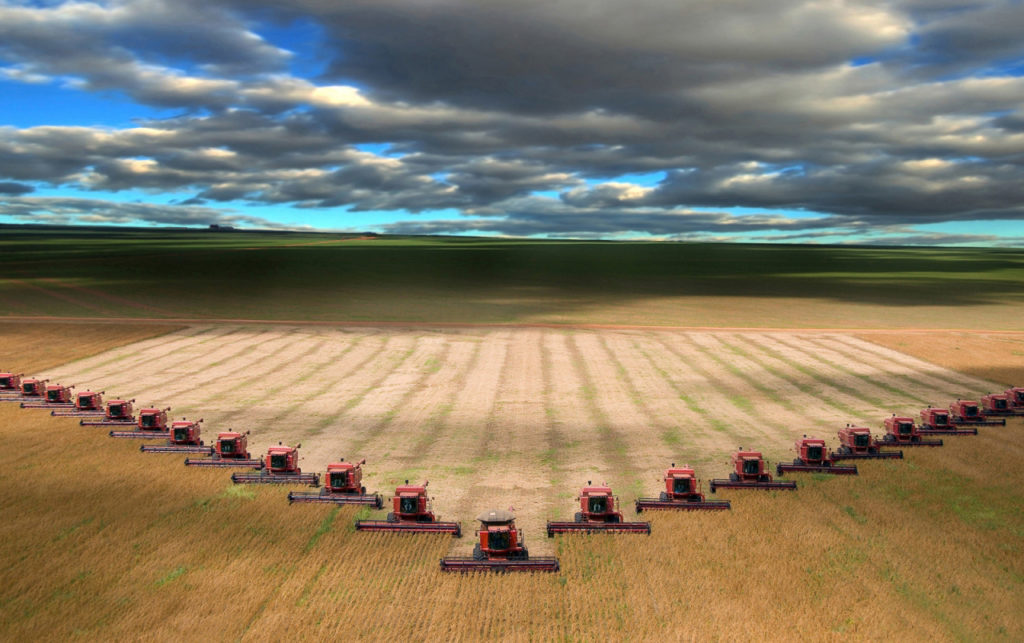Climate change may cut Kazakh grain harvest by 37 percent by 2030

The phenomenon presents enormous challenges for development, including its impact on agricultural supply chains.
Sixty-six percent of Kazakh land is vulnerable to drought. The numbers can be critical for the country, the world’s ninth largest by landmass and second largest in arable land per inhabitant, where cultivated land occupies an estimated 81 percent of the total area.
World Bank experts forecast significant temperature increases in Central Asia in the coming decades, ranking it among the most climate-vulnerable regions.
“Today, we can see rising temperatures, melting of glaciers, declining water resources and natural disasters as droughts and floods occur more often. This all has huge economic damage on countries in Central Asia,” noted the statement.

